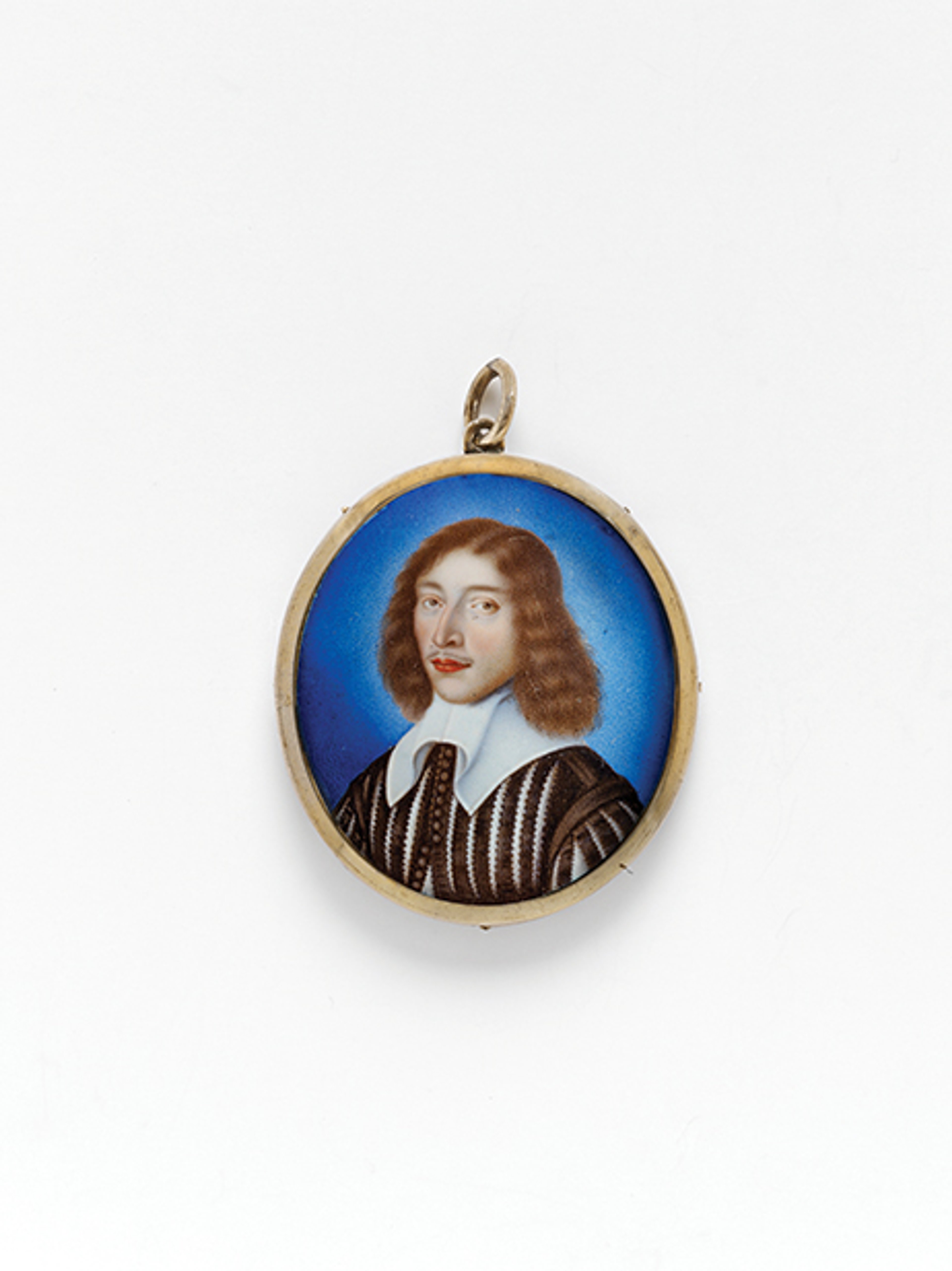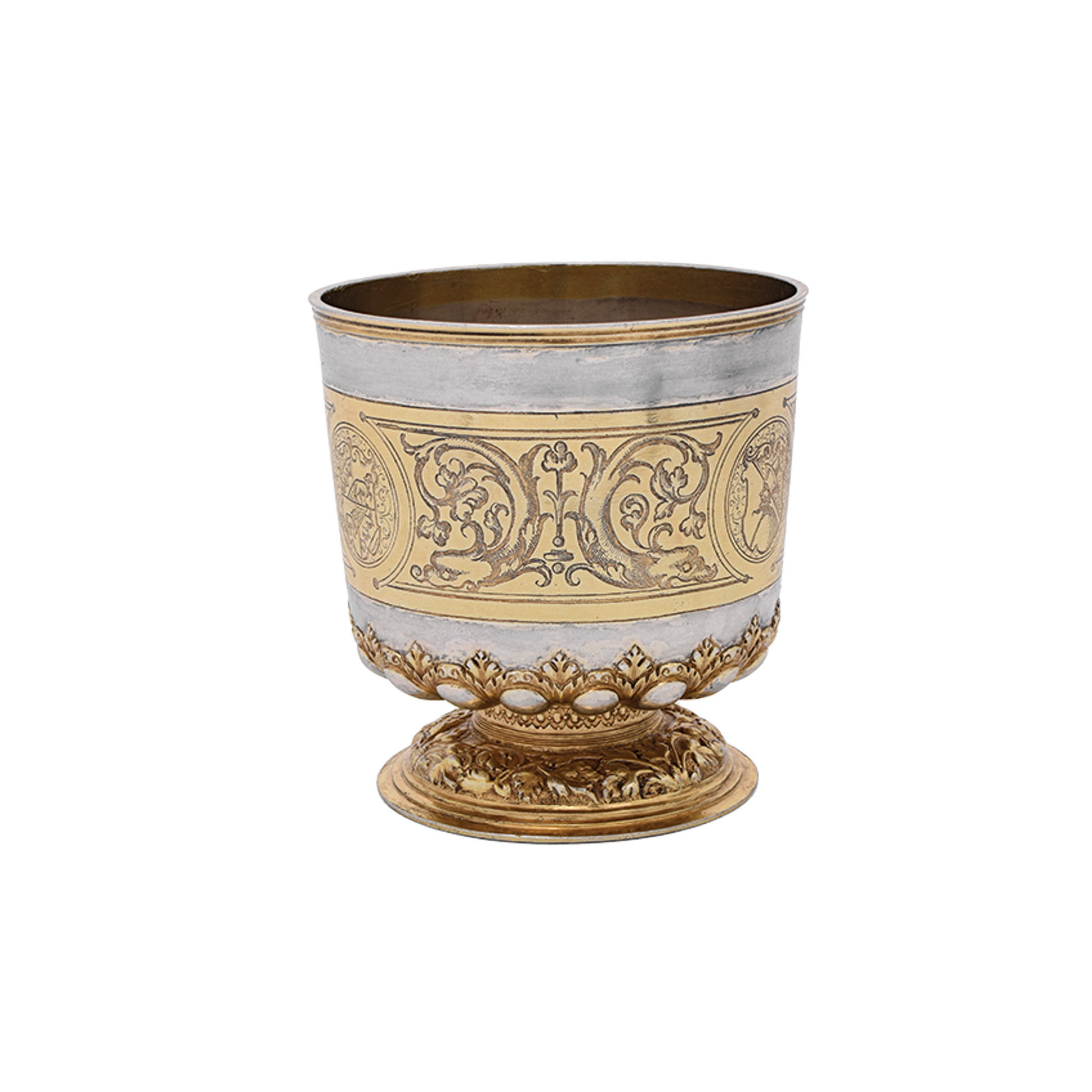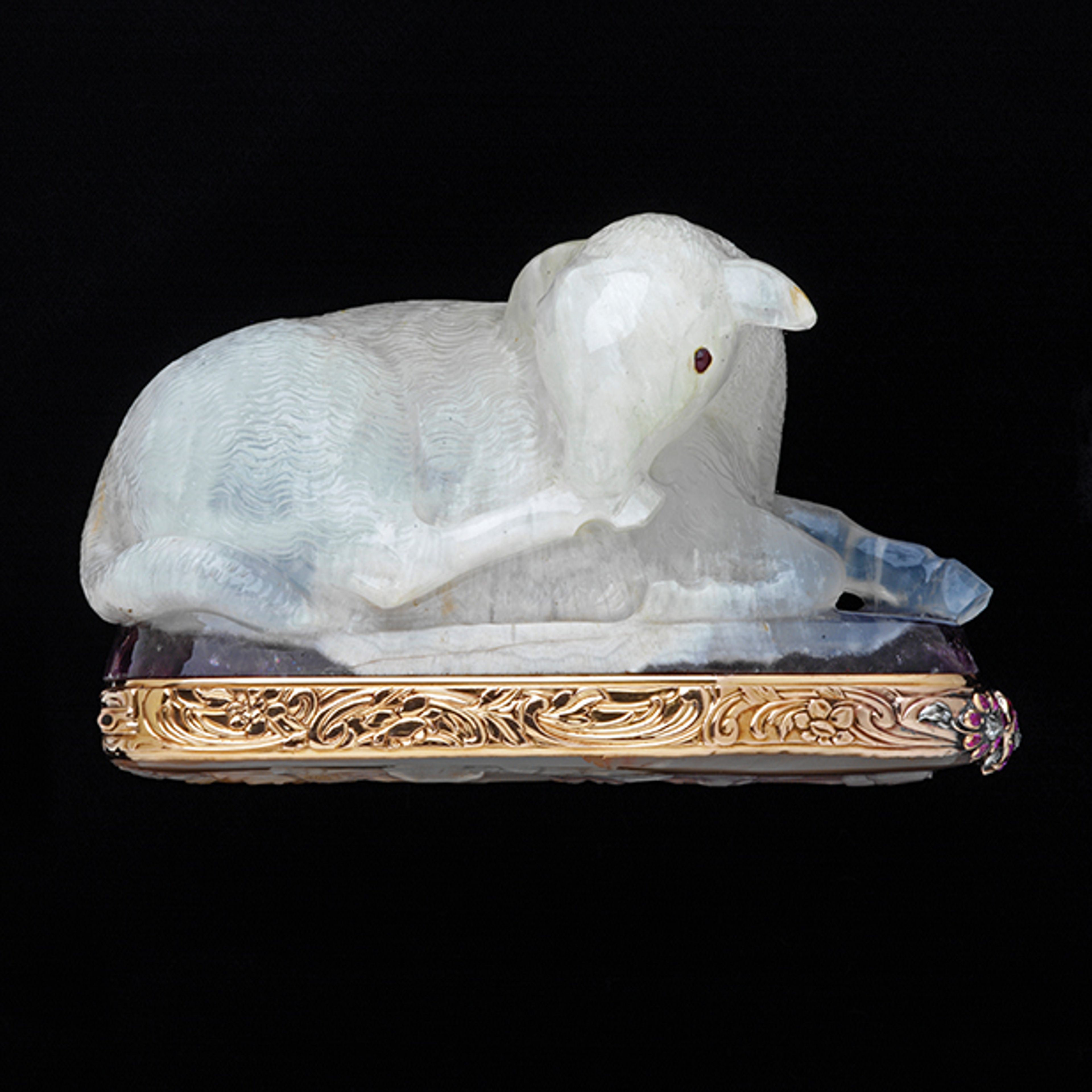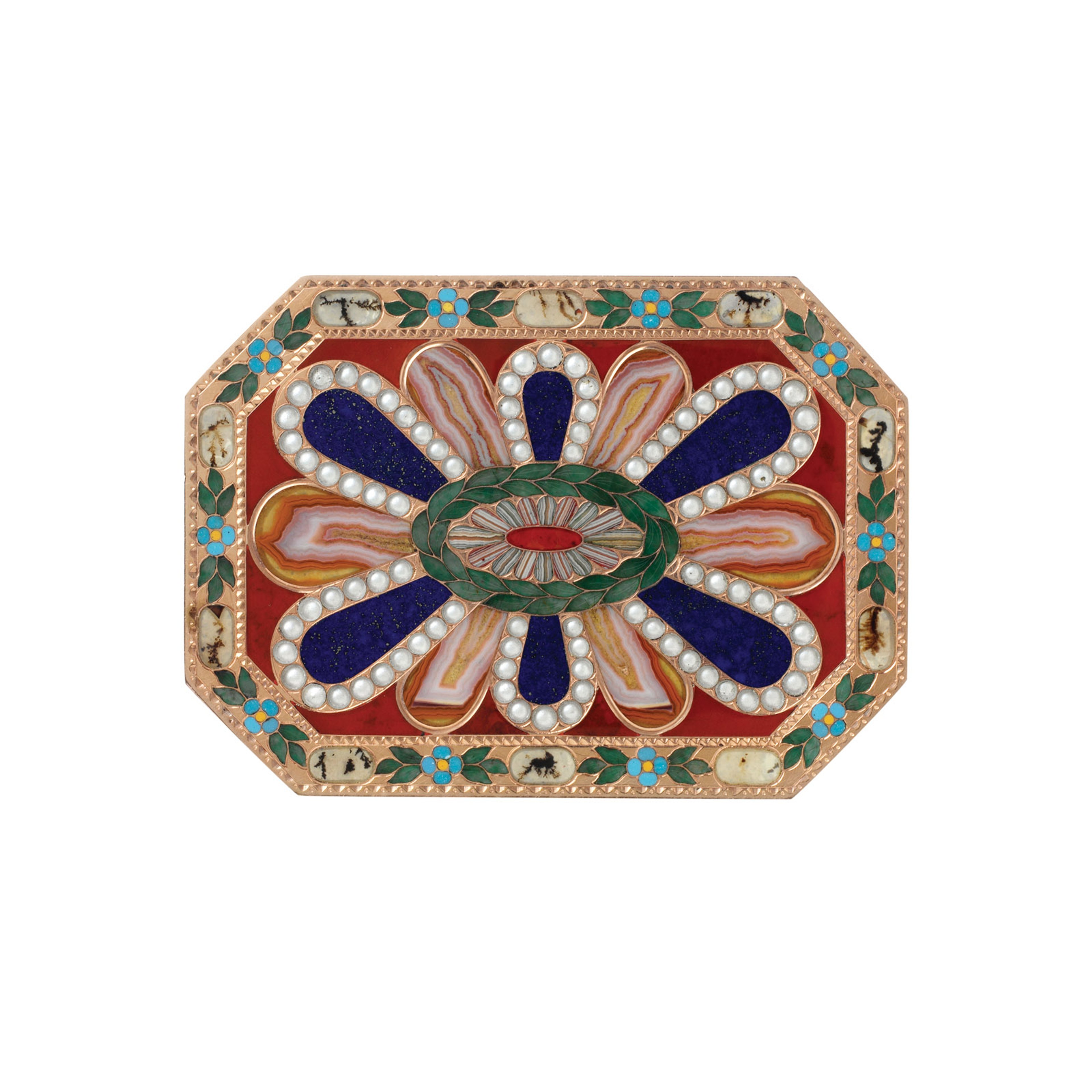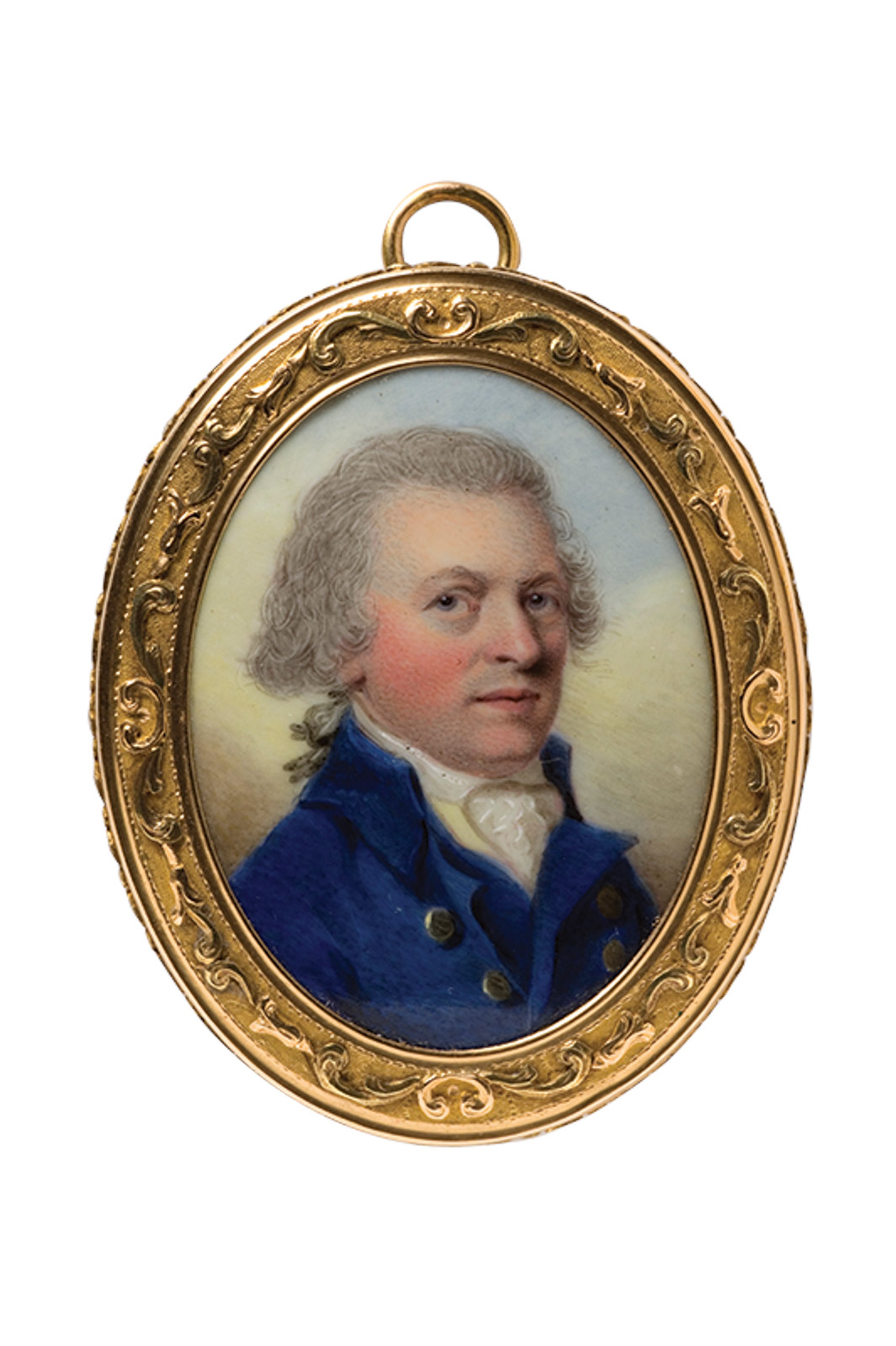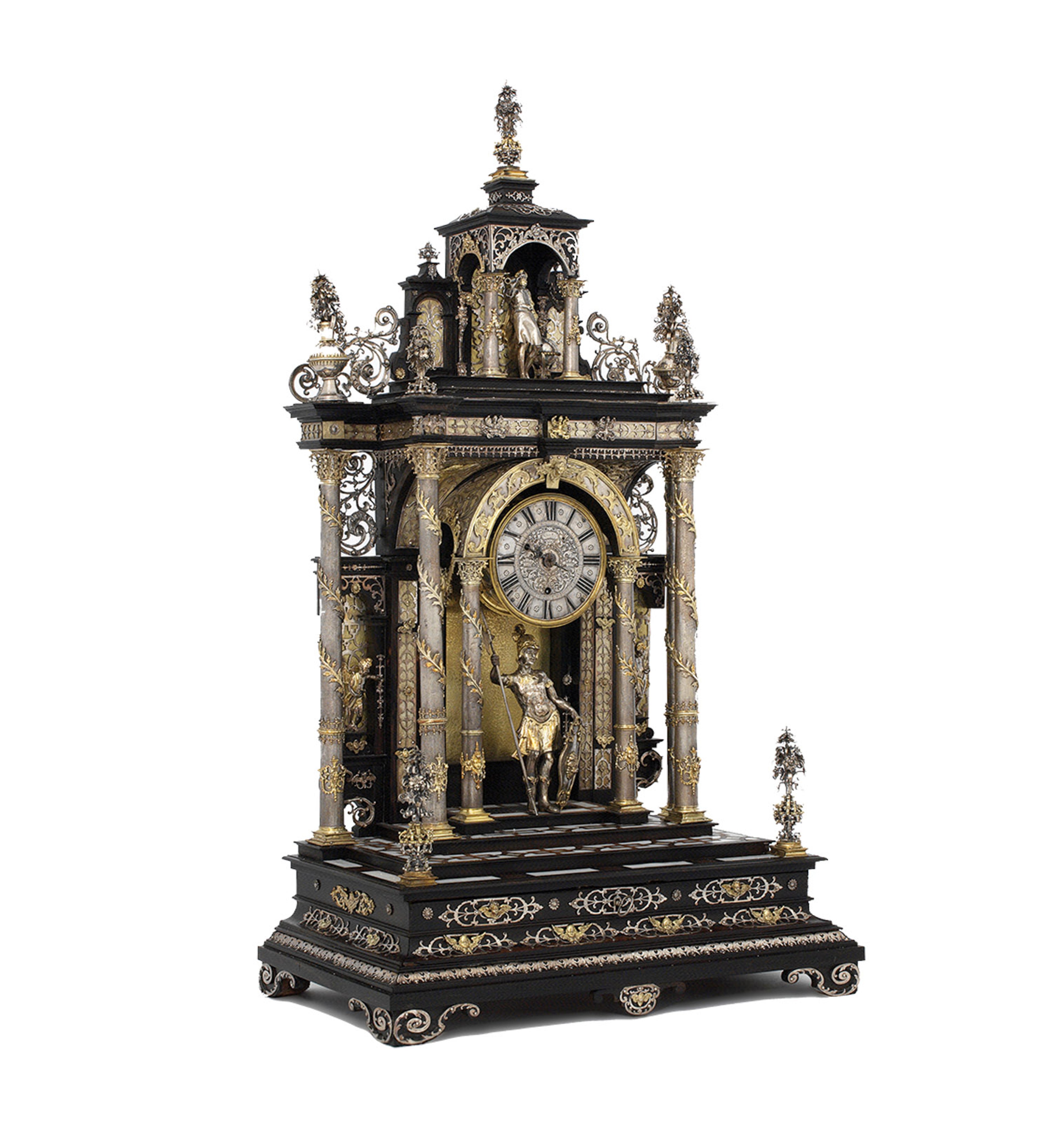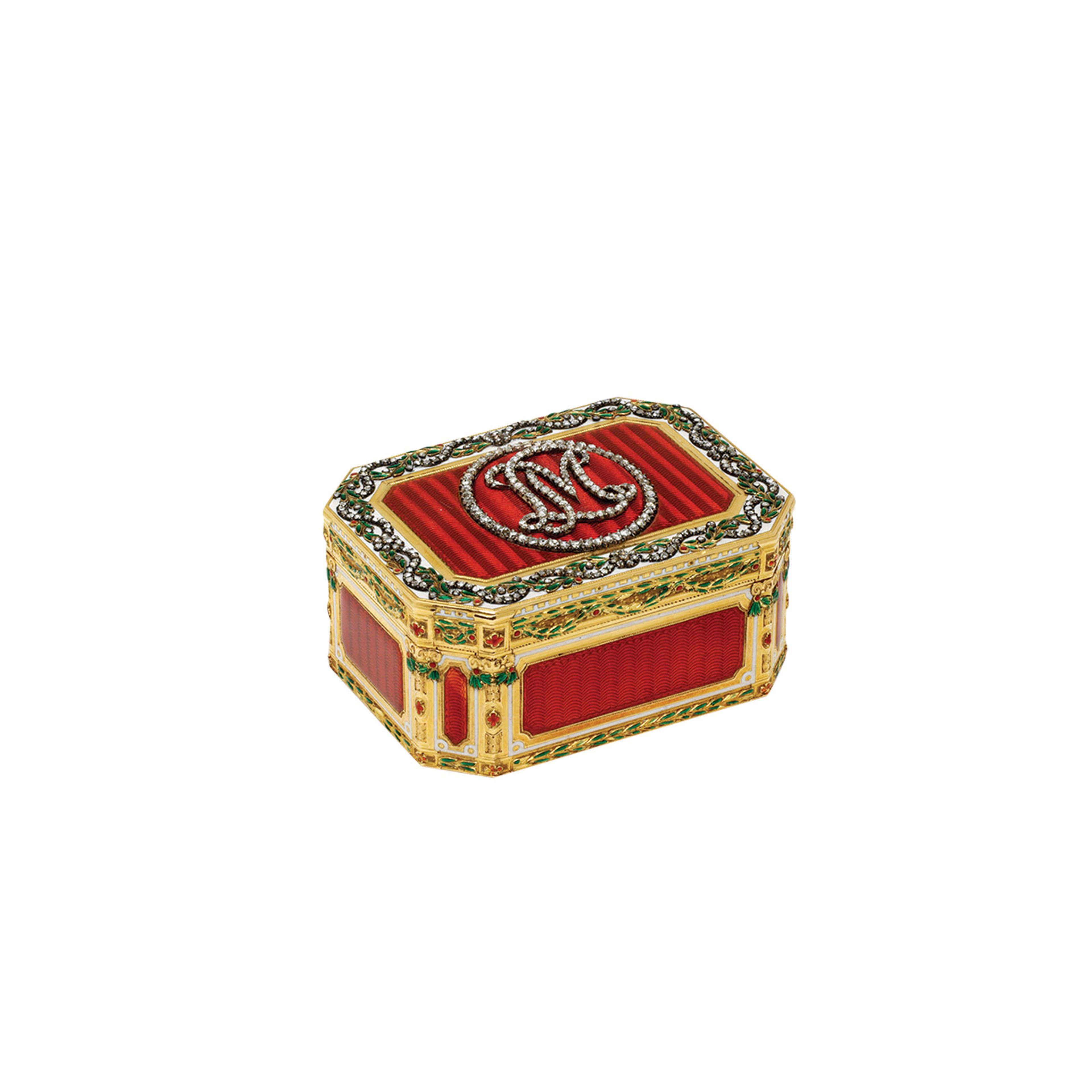The Victoria and Albert Museum (V&A) is mounting a display of the golden treasures in the Gilbert Collection that have an uncertain provenance for the Nazi period, 1933-45. Concealed Histories: Uncovering the Story of Nazi Looting will open at the V&A on 6 December.
Assembled by London-born Arthur Gilbert and his American wife Rosalinde, the collection was amassed from the 1960s onwards while they were living in Beverly Hills, Los Angeles. It was donated to the British nation in 1996 and initially shown in Somerset House and then, from 2008, at the V&A, where it has a dedicated gallery.
The V&A has now employed Jacques Schumacher, a provenance researcher, to systematically trawl through the 1,200 items, check those that may have been looted during the Nazi period, even though a few were subsequently restituted. Eight objects presented particular issues.
All owners of the objects were Jewish, and hence the concern that some of the items could possibly have been looted or subject to forced sales. Arthur Gilbert was himself Jewish, so it is perhaps surprising that before his death in 2001 he was relatively unconcerned about these issues. But as Schumacher points out, “like many other collectors at the time, Rosalinde and Arthur did not ask questions about provenance while building their collection”.
The V&A would be grateful for any further information from our readers about the provenance of the highlighted objects; the full list can be seen at www.theartnewspaper.com.
• Concealed Histories: Uncovering the Story of Nazi Looting, V&A, London, 6 December-10 January 2020



